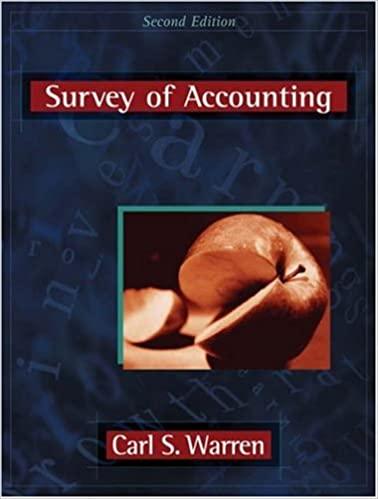Direct Materials and Direct Labor Variance Analysis Abbeville Company manufactures faucets in a small manufacturing facility. The frucets are made from brass Manufacturing has 90 employees tachemployee rent provides 36 hours of labor per week. Information about a production week is as follows: Standard wage per hr $15.00 Standard labor time per faucet 40 min. Standard number of lb. of brass 3 15 Standard price per Ib. of brass $2.40 Actual price per lb. of brass $2.50 Actual lb. of brass used during the week 14,350, Number of faucets produced during the week 4,800 Actual wage per hr $14.40 Actual hrs, for the week 3,240 h Required: a. Determine the standard cost per unit for direct materials and direct labor. Round the cost per unit to two decimal places. Direct materials standard cost per unit Direct labor standard cost per unit Total standard cost per unit b. Determine the direct materials price variance, direct materials quantity variance, and total direct materials cost vanance. Round your answers to two decimal places necessary, Enter a favorable variance as a negative number using a minus sign and an unfavorable variance as a positive number Direct materials price variance Unfavorable Direct materials quantity variance Favorable Total direct materials cost variance Unfavorable Required: a. Determine the standard cost per unit for direct materials and direct labor. Round the cost per unit to two decimal places Direct materials standard cost per unit Direct labor standard cost per unit Total standard cost per unit b. Determine the direct materials price variance, direct materials quantity variance, and total direct materials cost variance. Hound your answers to the decimal places, necessary. Enter a favorable variance as a negative number using a minus sign and an unfavorable variance as a positive number. Direct matenals price variance Unfavorable . Direct materials quantity variance Favorable Total direct materials cost variance Unfavorable c. Determine the direct labor rate variance, direct labor time variance, and total direct labor cost variance. Enter a favorable variance as a negative number using a minus sign and an unfavorable variance as a positive number. Favorable Direct labor rate variance Direct labor time variance Unfavorable Total direct labor cost variance Favorable F. FCheck My Work Unfavorable variances can be thought of as increasing costs (a debit). Favorable variances can be thought of as decreasing costs (acre)








